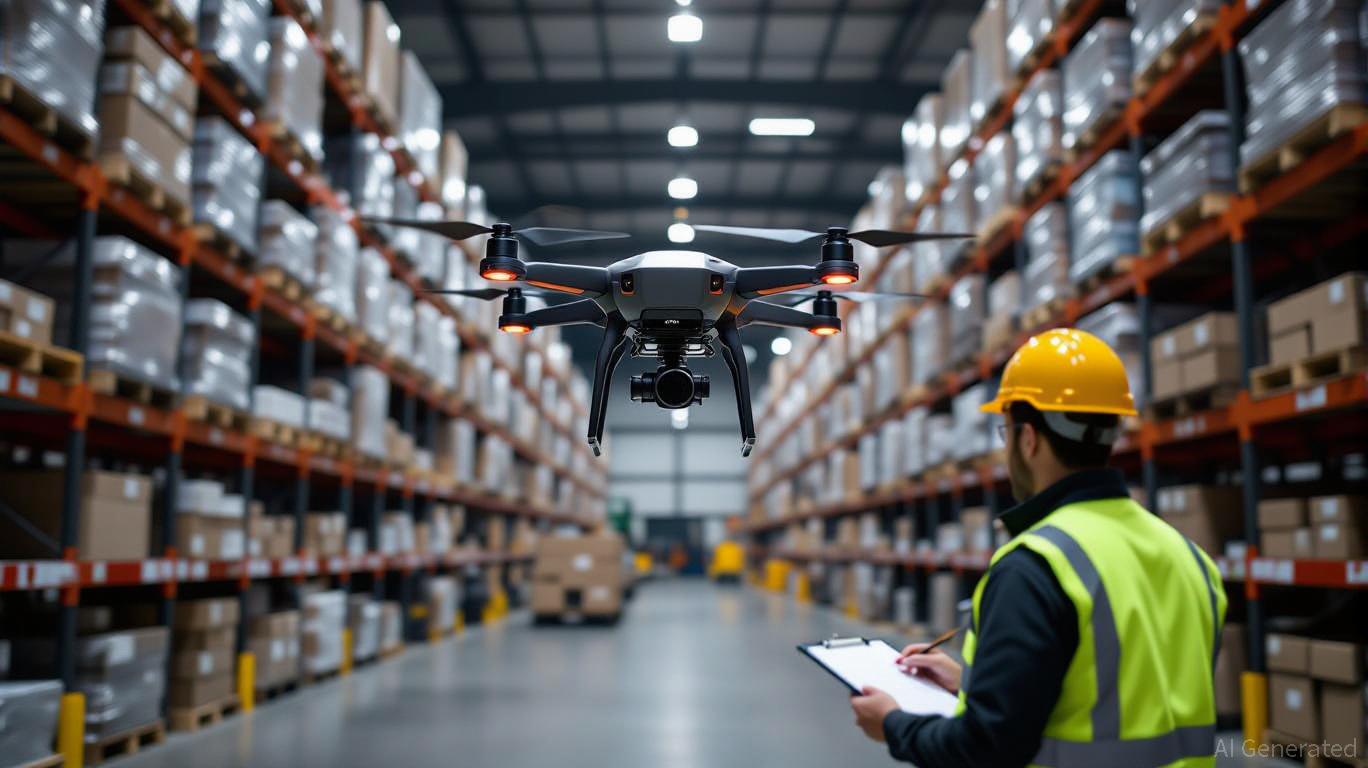The global economy is grappling with a seismic shift as President Trump’s 2025 tariff regime—featuring a 10% global minimum tariff and sector-specific surcharges—redefines the rules of international trade. While critics frame these policies as a catalyst for geopolitical tension and retaliatory measures, investors are increasingly viewing them through a lens of industrial resilience and strategic supply chain diversification. This article examines how Trump’s tariffs are accelerating nearshoring, reshaping manufacturing ecosystems, and unlocking opportunities in underappreciated sectors like steel, logistics, and advanced manufacturing.
Steel: A Fortress of Domestic Demand
The Trump administration’s 50% tariffs on steel and aluminum (excluding the UK) have effectively priced foreign producers out of the U.S. market, creating a gold rush for domestic steelmakers. Companies like Nucor (NUE) and Cleveland-Cliffs (CLF) are expanding capacity at unprecedented rates, with Nucor’s market share surging 8% in Q2 2025 alone. These firms are capitalizing on a perfect storm: soaring demand from construction and automotive sectors, coupled with a lack of viable international alternatives.
However, the steel boom isn’t without challenges. Tariffs on steel-dependent industries—such as appliances and autos—have raised costs for downstream manufacturers. Yet, this pain is fueling a broader trend: companies investing in green steel and vertical integration to hedge against future disruptions. For investors, the sector offers a mix of near-term gains and long-term structural shifts.
Logistics: Navigating a Fragmented World
The logistics sector is experiencing a quiet revolution as Trump’s tariffs force companies to rethink supply chains. With retaliatory measures from China, the EU, and Canada adding complexity, firms are adopting agentic AI and autonomous data collection to optimize routes and inventory.

Companies like J.B. Hunt Transport Services (JBT) and C.H. Robinson (CHRN) are investing in AI-driven platforms to mitigate delays and reduce costs. The Trump administration’s April 2025 executive order to streamline tariff hierarchies (prioritizing auto tariffs over steel tariffs) has also created operational clarity, though the sector remains vulnerable to geopolitical volatility.
Investors should focus on logistics firms with polyfunctional robotics and ambient invisible intelligence capabilities. These technologies are critical for managing the higher costs and tighter margins associated with reshoring.
Advanced Manufacturing: The AI and Semiconductor Revolution
Trump’s 200% pharmaceutical tariffs and 145% semiconductor tariffs are pushing the U.S. toward self-sufficiency in critical technologies. The CHIPS Act, combined with these tariffs, has spurred Intel (INTC) and AMD (AMD) to double down on domestic chip manufacturing. Intel’s $20 billion investment in Ohio—a direct response to the hostile global trade environment—highlights the sector’s strategic importance.
Meanwhile, AI-driven manufacturing is gaining traction. Companies leveraging generative AI for product design and predictive maintenance are outpacing peers. For example, Applied Materials (AMAT) is integrating AI into its semiconductor tools to reduce defect rates and improve yield.
The risks here are twofold: high capital costs and potential export losses due to retaliatory tariffs. However, the long-term rewards—monopolizing high-margin tech sectors and aligning with U.S. national security priorities—make this a compelling play for patient investors.
The Bigger Picture: Resilience Over Efficiency
Trump’s tariffs are not merely protectionist—they are a blueprint for rebuilding industrial ecosystems in a world where globalization is no longer a given. While the immediate GDP drag (0.2–0.8% depending on IEEPA tariff outcomes) is real, the long-term gains in supply chain resilience and technological leadership could outweigh these costs.
For investors, the key is to balance exposure across sectors:
– Steel and logistics offer near-term tailwinds from reshoring.
– Advanced manufacturing provides long-term growth potential but requires a higher risk tolerance.
– Diversified holdings in companies with global supply chain agility (e.g., DHL (DHLG) or UPS (UPS)) can hedge against geopolitical volatility.
Conclusion: Strategic Opportunity in a Fractured World
Trump’s 2025 tariffs are reshaping global trade not through brute force, but by catalyzing a shift toward resilient, localized production. While the path is fraught with short-term turbulence, the winners—domestic manufacturers, tech innovators, and logistics disruptors—are already emerging. For investors, the challenge lies in identifying which companies can thrive in a fragmented but innovation-driven economy. The era of “just-in-time” is fading; the new mantra is “just-in-case.”
